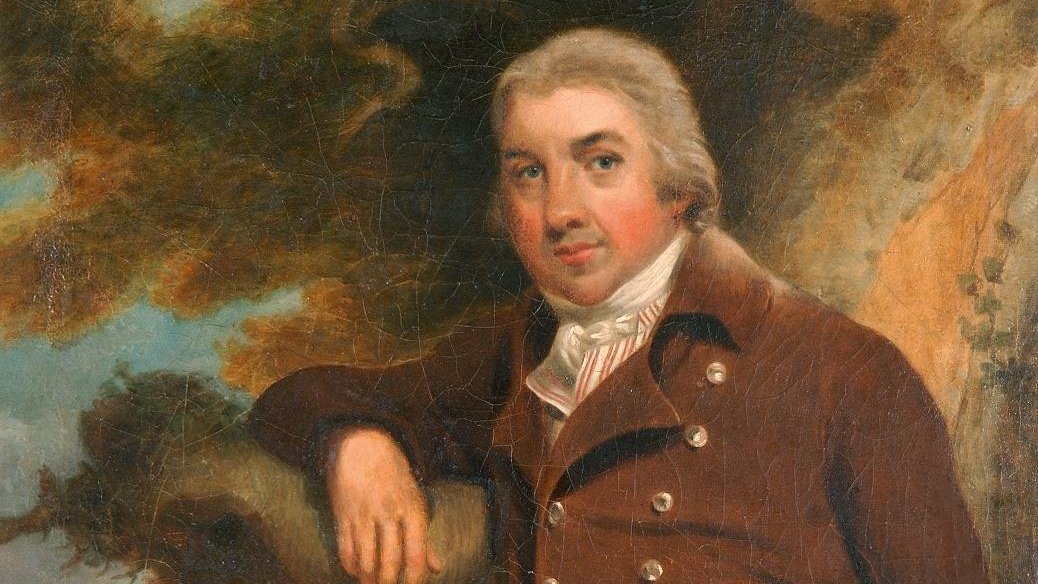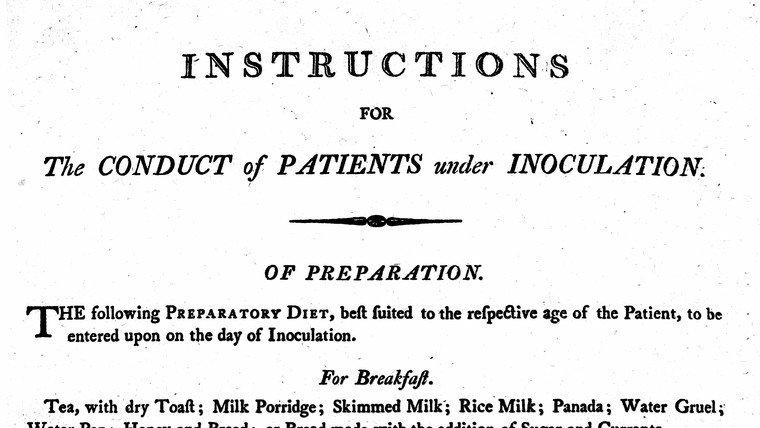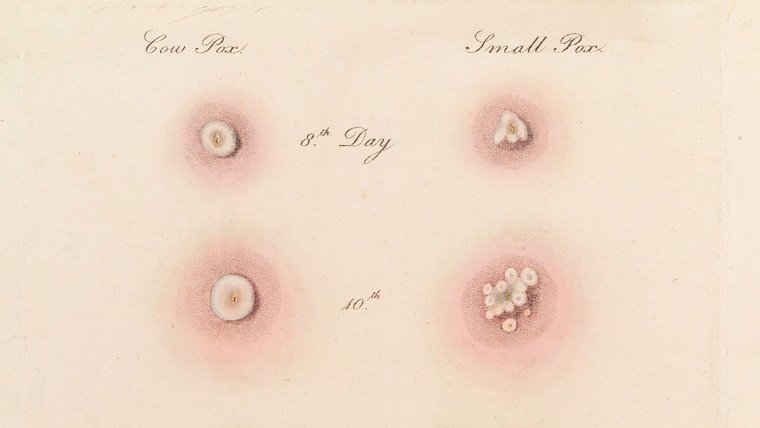
Welcome to...🎄The Dr Jenner's House Vaccine Preventable Disease Advent Calendar🎄
Over the next 24 days we'll be telling you about 24 different infectious diseases, all of which can be prevented by vaccination #VaccineAdventCalendar
Over the next 24 days we'll be telling you about 24 different infectious diseases, all of which can be prevented by vaccination #VaccineAdventCalendar

Day 1: human papillomavirus vaccines (HPV). There are over 100 types of human papillomaviruses; at least 14 are known to cause cancer. HPV vaccines are highly effective against the two HPV types (16 and 18) responsible for 70% of cervical cancers globally #VaccineAdventCalendar 
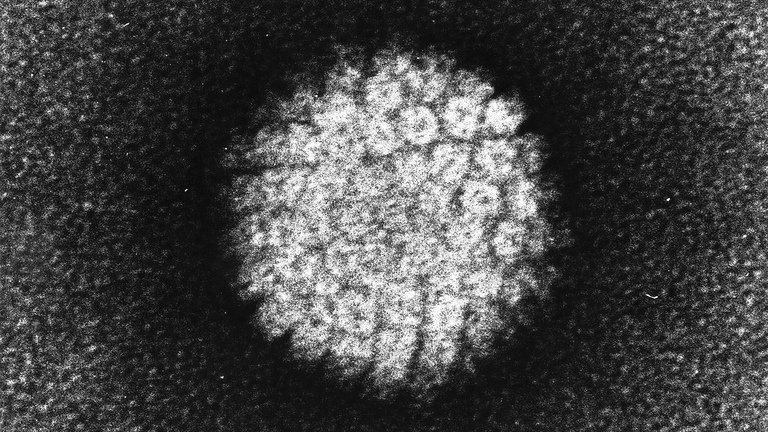
Day 2: rotavirus. Globally, rotavirus is the most common cause of diarrhoea and vomiting in children and is estimated to have caused 215,000 deaths in 2013. In the UK the number of cases of rotavirus fell by over 70% after 2013 when a vaccine was introduced #VaccineAdventCalendar 
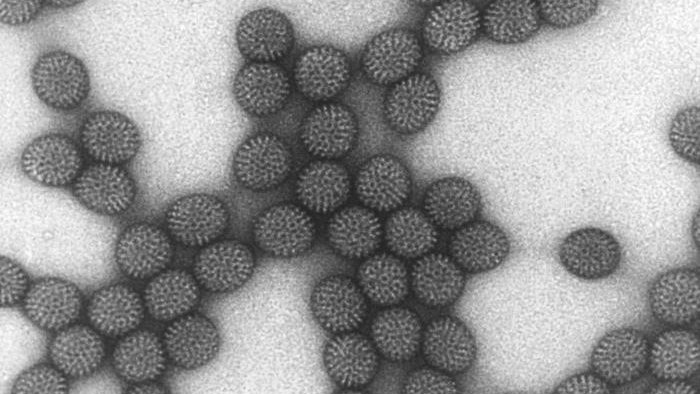
Day 3: malaria. Caused by parasites transmitted through mosquito bites, malaria claims the life of one child every two minutes. In 2019, 94% of cases + deaths were in Africa. A vaccine is being piloted in 3 countries, in conjunction with other interventions #VaccineAdventCalendar 
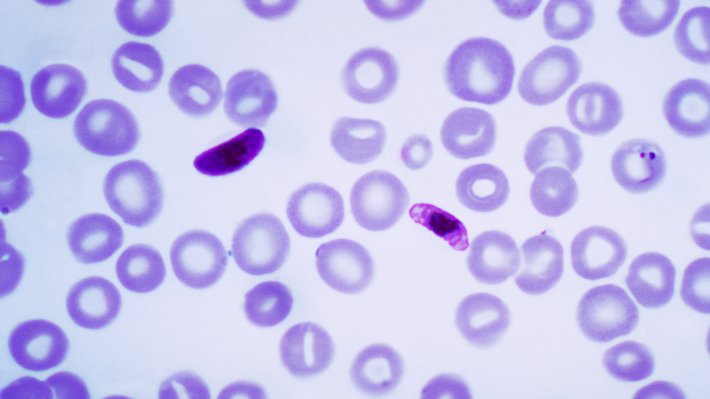
Day 4: dengue. A viral infection spread by mosquitoes, there are ~390 million cases each year. Severe dengue can be life-threatening. A vaccine is available, but only recommended for use in endemic areas by people who have previously had a dengue infection #VaccineAdventCalendar 

Day 5: meningococcal meningitis. There are many causes of meningitis, one of which is the Neisseria meningitidis bacteria. Different meningitis vaccines are available giving some protection against specific serogroups (types) of the bacteria: A, B, C, W + Y #VaccineAdventCalendar 
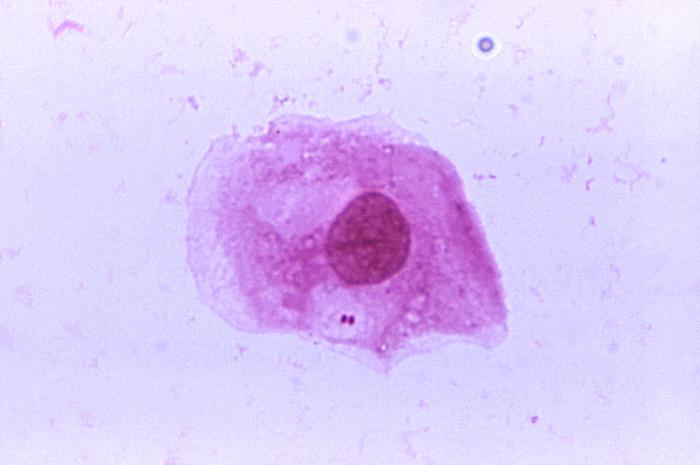
Day 6: chickenpox. This is a highly contagious disease caused by the varicella zoster virus. An effective vaccine is available; in the UK it is offered to close contacts of people for whom a chickenpox infection might risk complications #VaccineAdventCalendar 
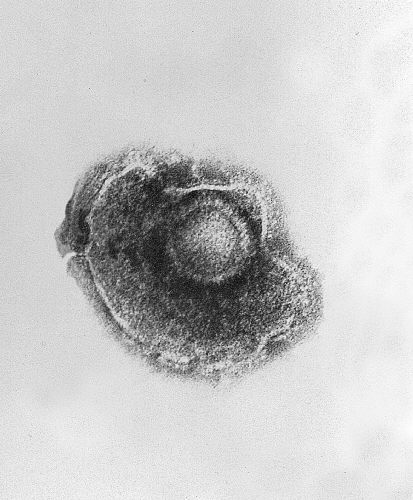
Day 7: hepatitis. There are five identified hepatitis viruses (A, B, C, D and E) causing a liver infection which can, in some people, persist for many years and cause serious damage. Vaccines against hepatitis A and B are offered to those most at risk #VaccineAdventCalendar 
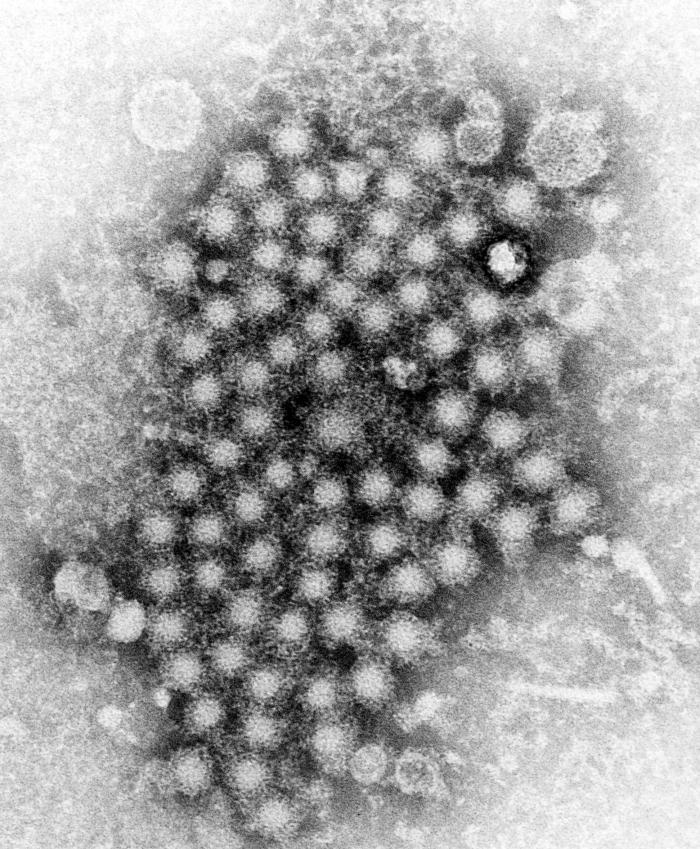
Day 8: Haemophilus influenzae type b (Hib). Hib is a bacterium which globally causes millions of cases of serious illness each year, particularly in children under the age of 5. Vaccines are the only way of preventing the majority of serious Hib infections #VaccineAdventCalendar 
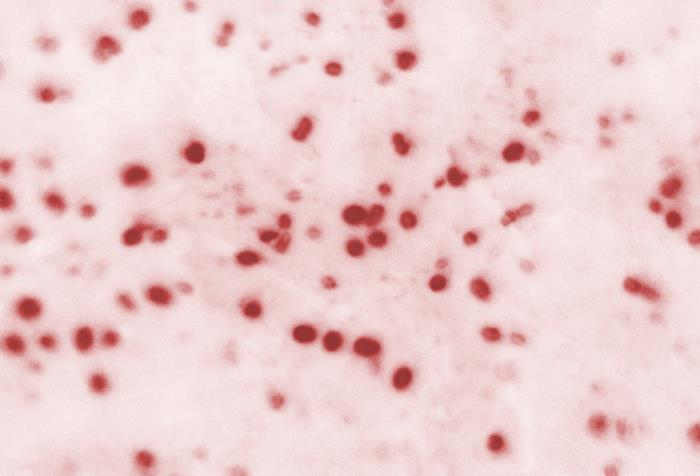
Day 9: mumps. Mumps is a viral disease which can lead to a range of complications, including meningitis and permanent hearing loss. Prior to the introduction of the MMR vaccine in 1988, mumps caused 1,200 hospital admissions in England and Wales each year #VaccineAdventCalendar 
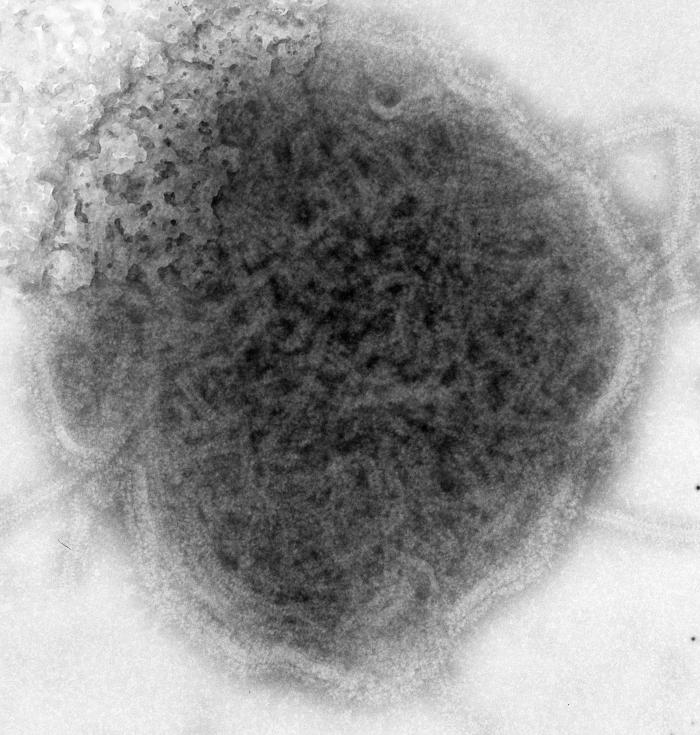
Day 10: measles. Measles symptoms include a distinctive rash. It can lead to severe complications and in low-income countries causes death in as many as 1 in 100 cases. Between 2000 and 2018, measles vaccination prevented an estimated 23.2 million deaths #VaccineAdventCalendar 
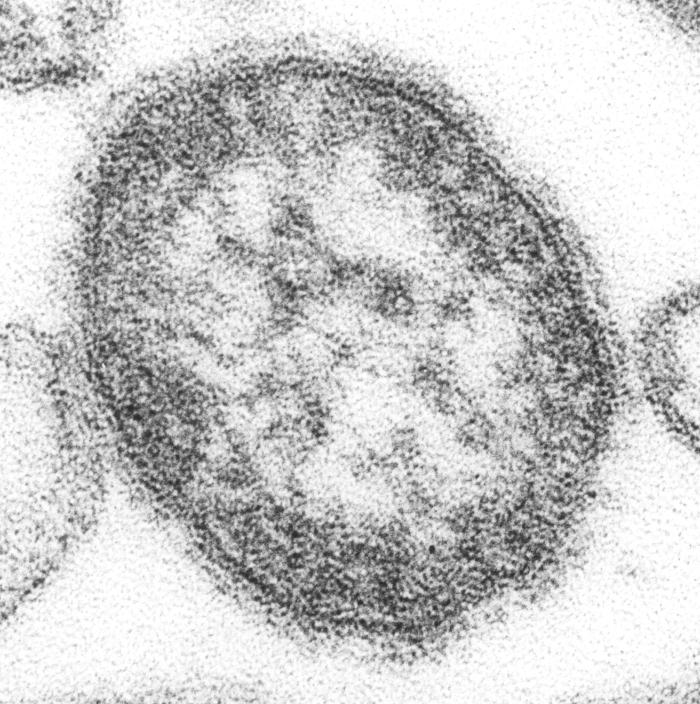
Day 11: tetanus. This is a serious illness of the nervous system contracted through exposure to spores of the bacterium Clostridium tetani. Last year 85% of infants worldwide received 3 doses of vaccines to protect against tetanus, diphtheria and pertussis #VaccineAdventCalendar 
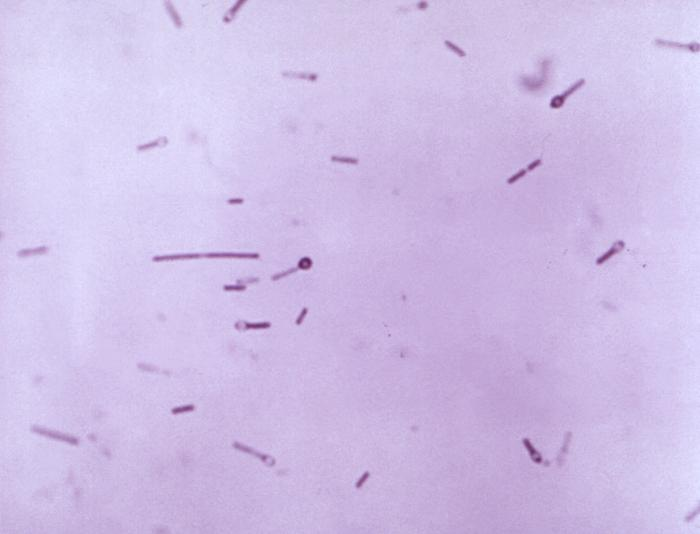
Day 12: pertussis. Also known as whooping cough, this is a respiratory infection caused by the bacterium Bordetella pertussis. It is estimated that routine vaccination programmes against pertussis averted 687,000 deaths worldwide in 2008 #VaccineAdventCalendar 
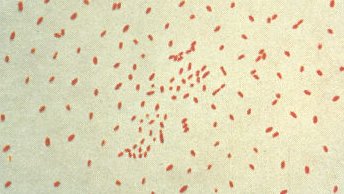
Day 13: pneumococcal disease. The bacterium Streptococcus pneumoniae can cause a range of infections, including pneumonia, septicaemia and meningitis. Vaccination offers protection against the serotypes of S. pneumoniae most likely to cause serious illness #VaccineAdventCalendar 
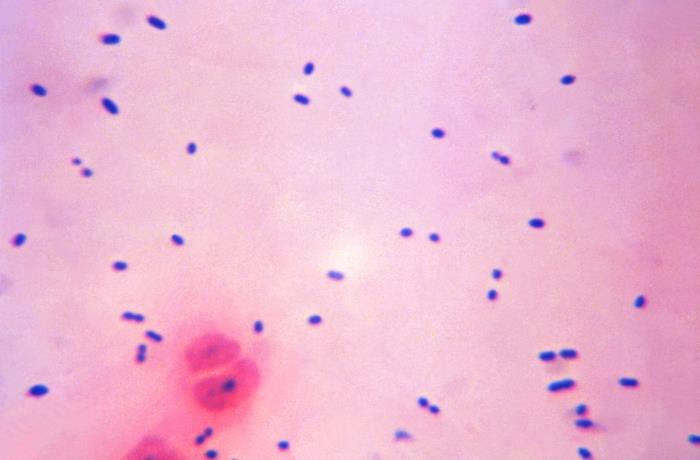
Day 14: Japanese encephalitis virus. Carried by mosquitoes, around 1 in 250 infections leads to severe clinical illness as the virus spreads to the brain and causes encephalitis. There is no cure, but it can be prevented with safe and effective vaccines #VaccineAdventCalendar 
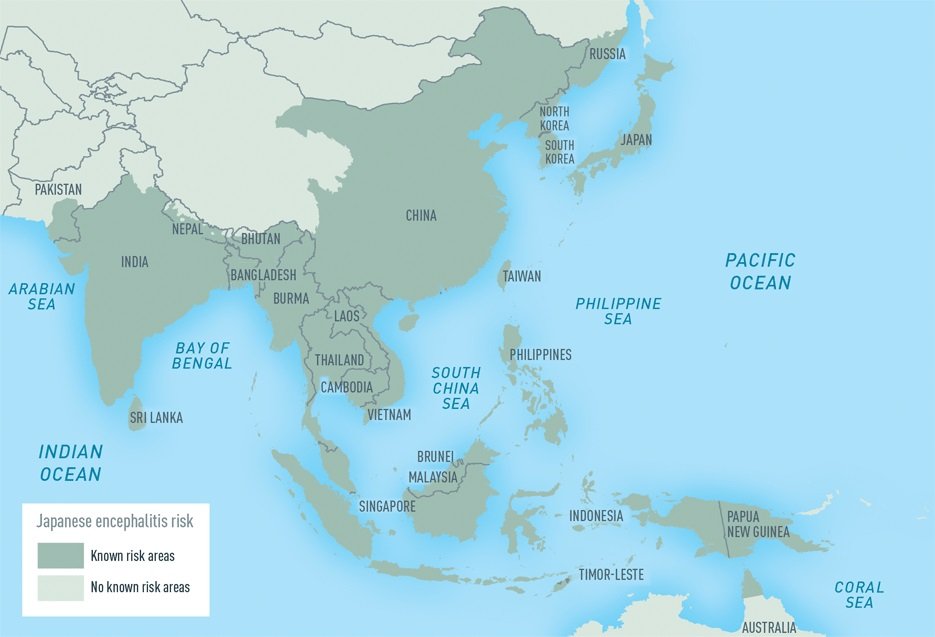
Day 15: poliomyelitis. The poliovirus is spread via the oral-faecal route and in 72% of cases is asymptomatic, but can spread to the central nervous system and cause paralysis. Through vaccination, wild poliovirus cases have decreased by over 99% since 1988 #VaccineAdventCalendar 
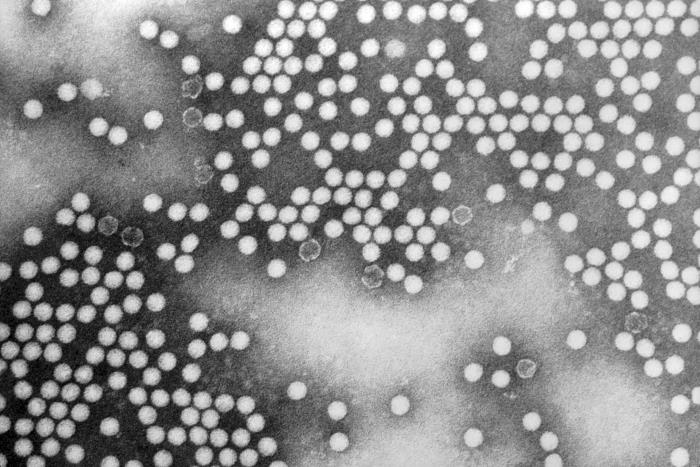
Day 16: tick-borne encephalitis. The tick-borne encephalitis virus is usually spread by ticks, with 10-12,000 clinical cases reported every year (the actual number of cases is thought to be much higher). The first vaccine against TBE was prepared in 1941 #VaccineAdventCalendar 

Day 17: yellow fever. Transmitted by mosquitoes, and capable of causing large epidemics, yellow fever leads to 30,000 deaths every year. It is endemic in tropical areas of Africa and Central and South America but can be prevented by a single dose of vaccine #VaccineAdventCalendar 

Day 18: influenza. A common, highly infectious viral disease which can lead to serious complications. There are a number of different circulating influenza viruses and they are prone to mutation; each season a new vaccine is formulated for best protection #VaccineAdventCalendar 

Day 19: diphtheria. The bacterium responsible produces a toxin, killing cells which then form a membrane in the throat. Prior to the introduction of vaccination in the UK in 1942, there were on average 55,000 cases each year resulting in around 3,500 deaths #VaccineAdventCalendar 

Day 20: tuberculosis. Around 1/4 of the world's population is infected with Mycobacterium tuberculosis and, of these, 5-15% will go on to fall ill with tuberculosis (TB). In 2019, 1.4 million people worldwide died of TB. TB is both curable and preventable #VaccineAdventCalendar 

Day 21: cholera. A diarrhoeal infection caused by ingesting food or water contaminated with the Vibrio cholerae bacterium, there are 1.3 - 4 million cases every year. A vaccine is used in conjuction with improvements to water in outbreak and high risk areas #VaccineAdventCalendar 

Day 22: typhoid. Typhoid is caused by a specific type of Salmonella, usually spread through contaminated food or water. The risk of typhoid is highest in communities without access to safe water and adequate sanitation. Typhoid is vaccine preventable #VaccineAdventCalendar 

Day 23: rabies. Transmitted through a bite or scratch from an infected animal, once symptoms appear rabies is nearly always fatal. Preventative vaccination is recommended for those at high risk (the vaccine can also be used post-exposure as a prophylaxis) #VaccineAdventCalendar 

• • •
Missing some Tweet in this thread? You can try to
force a refresh

